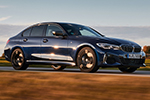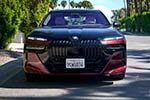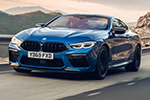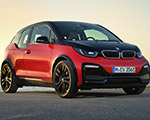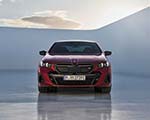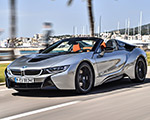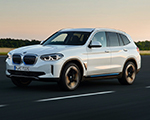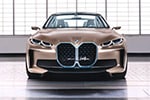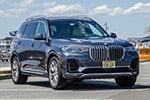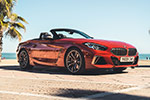The first quarter of 2025 has proven to be a turbulent one for Tesla, as the electric vehicle automaker finds itself in the midst of a significant downturn. While full global figures are still trickling in, one trend is clear: Tesla is losing ground in key markets — and competitors like BMW are stepping in to pick up the slack.
According to Tesla, global deliveries fell by 13 percent in Q1 2025, totaling 336,681 vehicles — the company’s lowest quarterly figure since 2022. While that might seem modest on the surface, a deeper look at regional performance reveals just how steep Tesla’s decline has become.
Dramatic Declines Across Europe
In Europe, Tesla’s situation is particularly dire. Sales in Germany, one of Tesla’s largest European markets, collapsed by 62.2 percent compared to the same period last year. According to Germany’s Federal Motor Transport Authority (KBA), Tesla registered just 4,935 vehicles from January to March 2025. March alone saw a 42.5 percent drop compared to the prior year, a stark contrast to the broader EV market in Germany, which grew by 36 percent during the same period.
Other European markets tell a similarly grim story:
- France: Tesla sales fell by 37 percent
- Sweden: Down by 64 percent
- Denmark and the Netherlands: Both experienced roughly a two-thirds drop in Tesla sales
While these markets may be smaller in volume compared to China or the U.S., the consistent pattern of double-digit losses illustrates waning enthusiasm for the brand across the continent. There is a caveat though: Part of Tesla’s volume drop can be attributed to the temporary disruption at its Berlin Gigafactory, which was retooling to begin production of the redesigned Model Y.
Tesla’s performance in China, the world’s largest EV market, was comparatively better — but still far from ideal. Deliveries dropped by 11.5 percent, which, while less severe, continues a troubling downward trend.
U.S. and Canada: BMW Seizes the Opportunity
In stark contrast to Tesla’s sales decline, BMW’s electric vehicle lineup has increased in volume. In the United States, BMW’s BEV sales surged by 26.4 percent in Q1 2025, totaling 13,585 units. The biggest success story came from the BMW i4, which enjoyed a 57 percent increase in sales. Meanwhile, Canadian BMW BEV sales rose by 8 percent, continuing the positive trend.
Other brands also capitalized on Tesla’s missteps. General Motors reported a staggering 94 percent increase in EV sales for the quarter, delivering 31,887 vehicles. Even Rivian, which saw a 36 percent decline, managed to outperform Tesla in certain perception metrics. Cadillac, GM’s luxury arm, saw its Lyriq sales dip slightly, but the launch of the Escalade IQ and Optiq EVs boosted overall electric sales for the brand. The Ford Mustang Mach-E is one of the standout EVs in terms of sales, followed closely by the Chevrolet Equinox.
As Q2 begins, the automotive world will be watching closely to see whether Tesla can rebound — or if the cracks in its global dominance will deepen further.




































